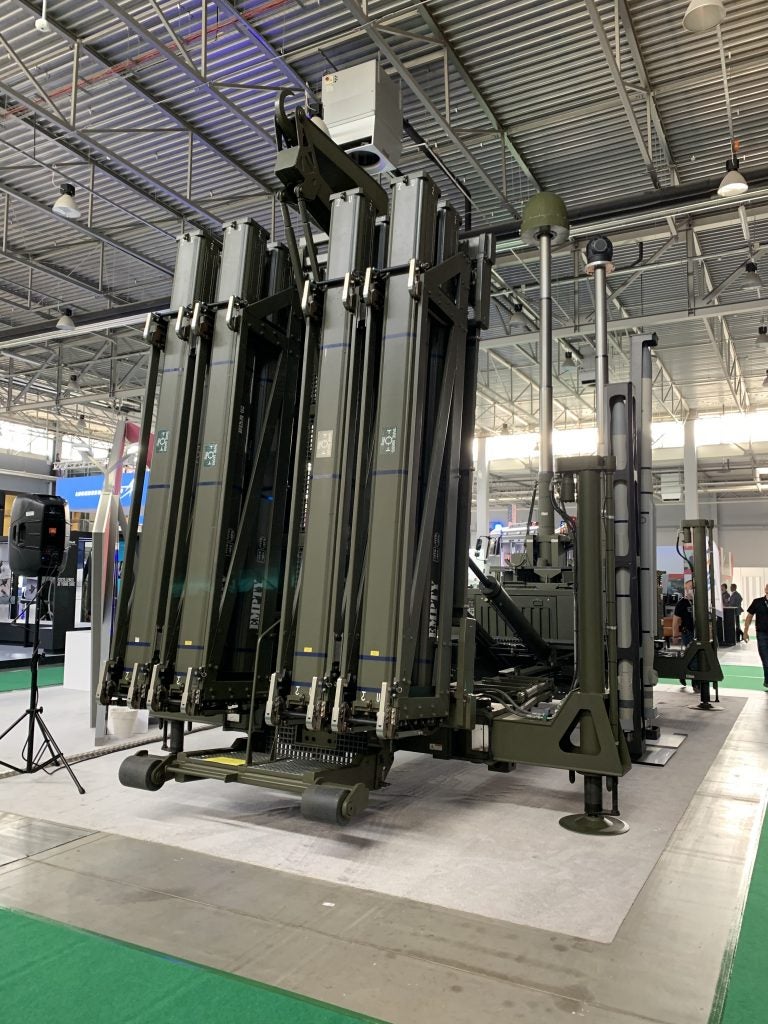MSPO 2020 Overview – Industry Exhibitors
Due to COVID-19, the industry presence at Poland’sMSPO 2020 was sadly greatly reduced. Most large American firms still had a presence, albeit without their PR teams, so most American exhibitors were prevented from talking to the press. Even Polish firms had a reduced presence, with some large firms like Mesko having a significantly reduced presence, or others like FB Radom being absent entirely. While some European companies were present, many major ones like FN Herstal and the Polish distributors for H&K and B&T were not present.
Check out our earlier round up of Polish military kit at MSPO 2020
Air Defense
The largest industry exhibitors were those competing for the Narew Short Range Air Defense contract. As at MSPO 2019, the biggest competitors are still MBDA and Raytheon/Rafael with the CAMM and Skyguard systems respectively. MBDA brought a full CAMM launcher (see above) to the display floor as well as two British Royal Artillery gunners who were involved in the CAMM program. Exhibitors emphasized the CAMM’s ability to use both regular and extended range (CAMM-ER) missiles, as well as the ability to do a passive electro-optical engagement if the sensor ball option is picked. CAMM’s ability to do vertical launch without a booster was also emphasized, due the superior engagement speed compared to pointable launchers and superior safety over boostered vertical launch systems such as Tor.
Armor and Anti-Armor
Armor and Anti-Armor systems comprised the second largest share of industry exhibitions at MSPO 2020. Here, the undoubted star of the show was Hyundat Rotem’s K2PL and K2 main battle tanks, which were shown in the form of relatively large plastic mockups that demonstrated the difference between the Polish offering and the fielded South Korean tank.
Significant differences are seen in the mockups. The gun mantlet is redesigned on the K2PL, as the Korean-specific IFF interrogator is removed so the only openings on the mantlet are for the muzzle reference sensor and the coaxial machine gun. The K2PL also removes the Korean fording snorkle. However, the armor configuration on the K2PL is significantly more beefy, and the K2PL sports an unspecified hard-kill active protection system.
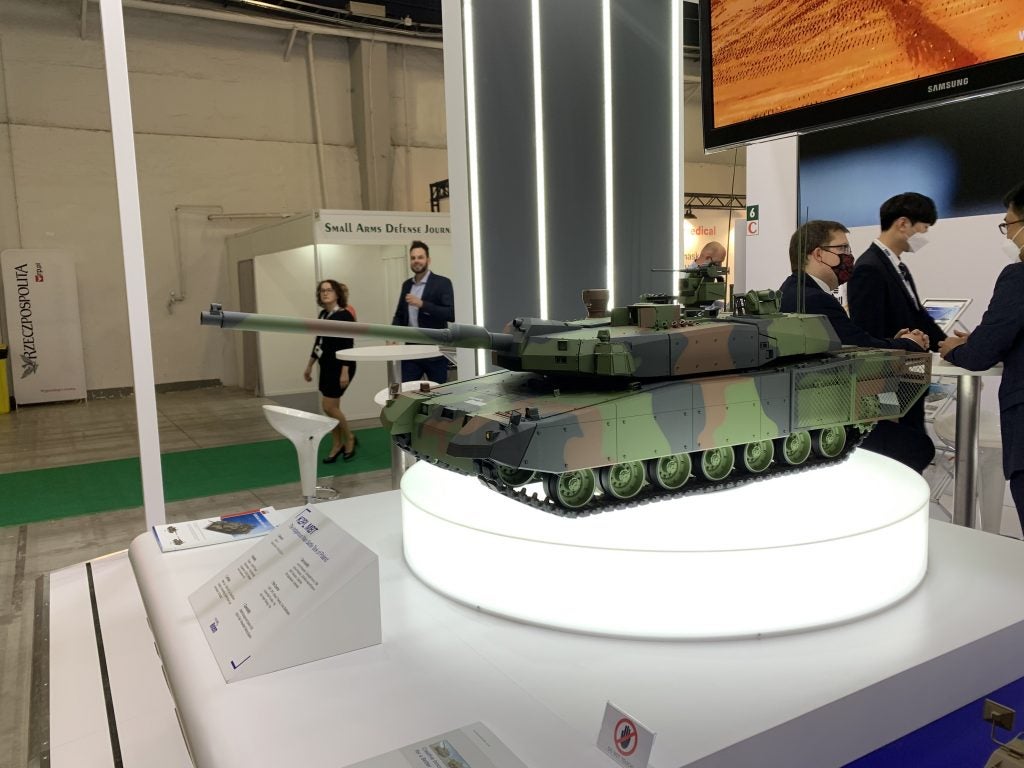
Electro-optical systems for armor were also shown by Etronika, a Polish firm. One example was a relatively simple camera ball, with only 4x zoom capability. Another was a more advanced design, evidently delivered to Ukraine, which had increased zoom and provision for a laser rangefinder. The electro-optical lineup from Etronika was notable for the massive variety of color modes for their thermal imagers, in addition to the regular white-hot and black-hot thermal modes, Etronika products had 3-4 color modes for thermal imagers.
Miranda Military showed multi-spectral vehicle camouflage that according to promotional documents provides reduction of thermal signature by 85% and radar attenuation of 30db, as well as being less reflective in the night vision IR spectrum. Some of these properties are probably derived from a thin metal mesh that is incorporated as part of the vehicle camouflage net panels
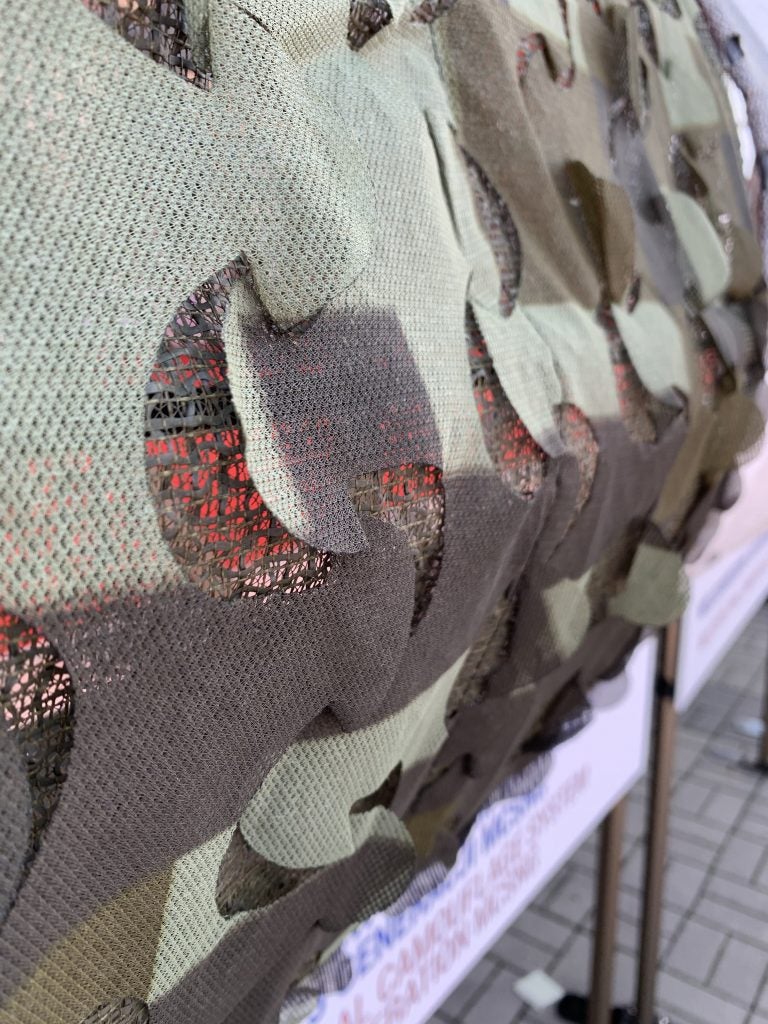
In terms of anti-armor systems, Mesko showed a light anti-tank guided missile (ATGM) meant to defeat light armored vehicles and fortifications. The Polish Military Institute for Armament Technology (WITU) also showed their Moskit ATGM, a local variant of the Spike that also uses a fibre optic control wire. In a notable difference from Spike, the Moskit command launcher units are unified and able to fire both the light (2.5km range) and heavy (5km range) versions of the Moskit. WITU also showed off a light 60mm LAW-style launcher.
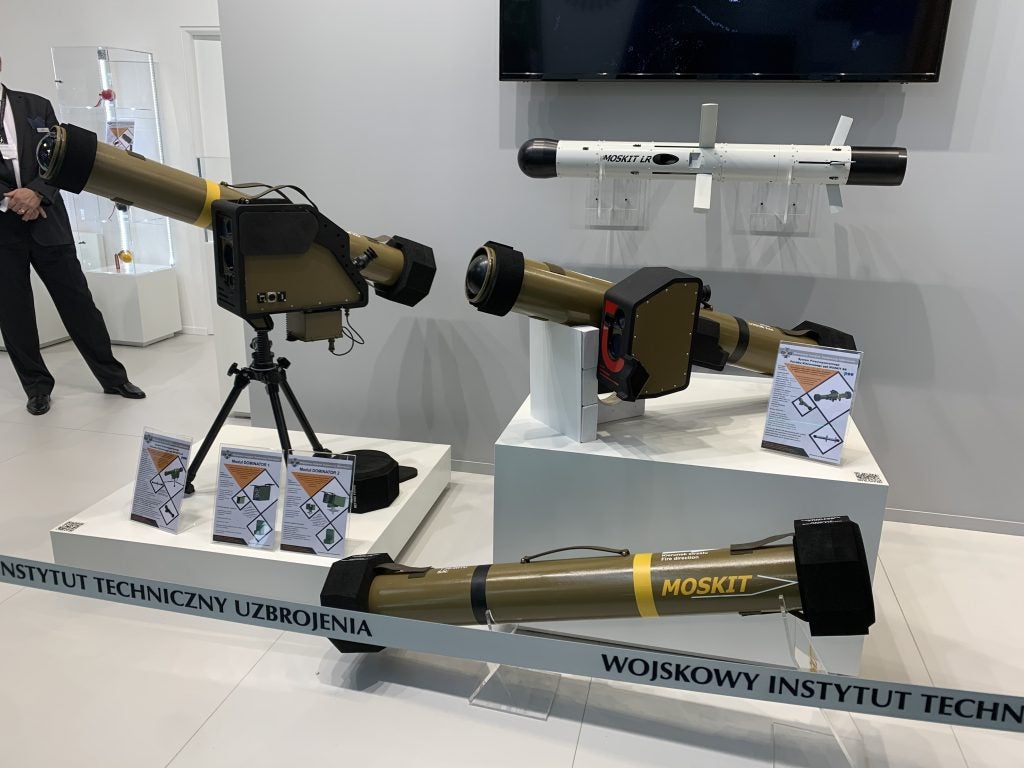
Dynamit Nobel Defense displayed their RGW 90/RGW 110 series of launchers, showing off the usual range of fire control systems. According to stated specifications, the tandem warhead RGW 110 is one of the most potent anti-tank launchers available, with around 900mm of RHAe penetration. The Dynamit Nobel/MBDA Enforcer smart shoulder-fired ATGM was also on display at the MBDA booth.
Small Arms and Soldier Systems
In terms of small arms and soldier systems, the majority of exhibitors were Polish. Lubawa SA, a Polish Joint-Stock Company, had the largest soldier systems booth, showing off some integrated armor carriers as well as some stand alone plate carriers and soft armor vests, including female-specific variants. The plate and armor carriers mostly appeared to be copies of popular American designs, with one highly resembling the Crye Precision JPC, even down to the design of the quick release pulls
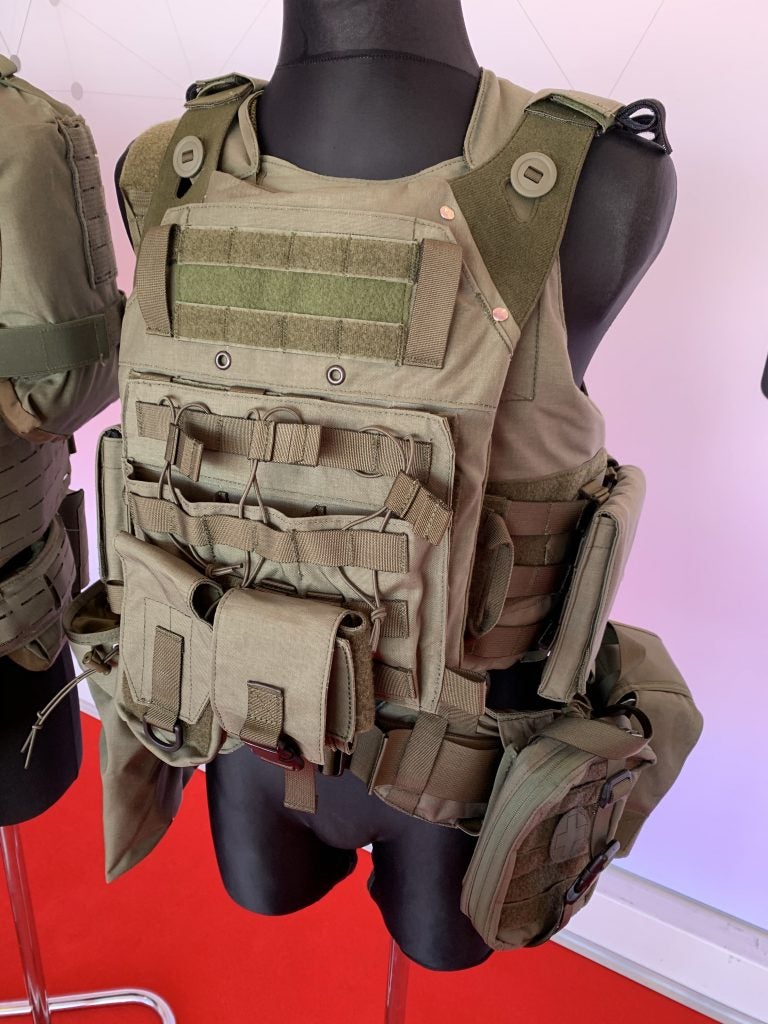
Glomex Military Supplies also brought helmets from Ops-Core and advanced electro-optical products from Steiner-Optik. The full line of helmets and accessories from Ops-Core was on display, including the AMP headset and SOTR respirator. Glomex also had the Close-Quarter Thermal red dot sight from Steiner, as well as the AN/PVS-21 low profile night vision goggles and Steiner’s own IR beacon. Second generation night vision and thermal electro-optics were also shown by the Polish electro-optics firm Etronika.
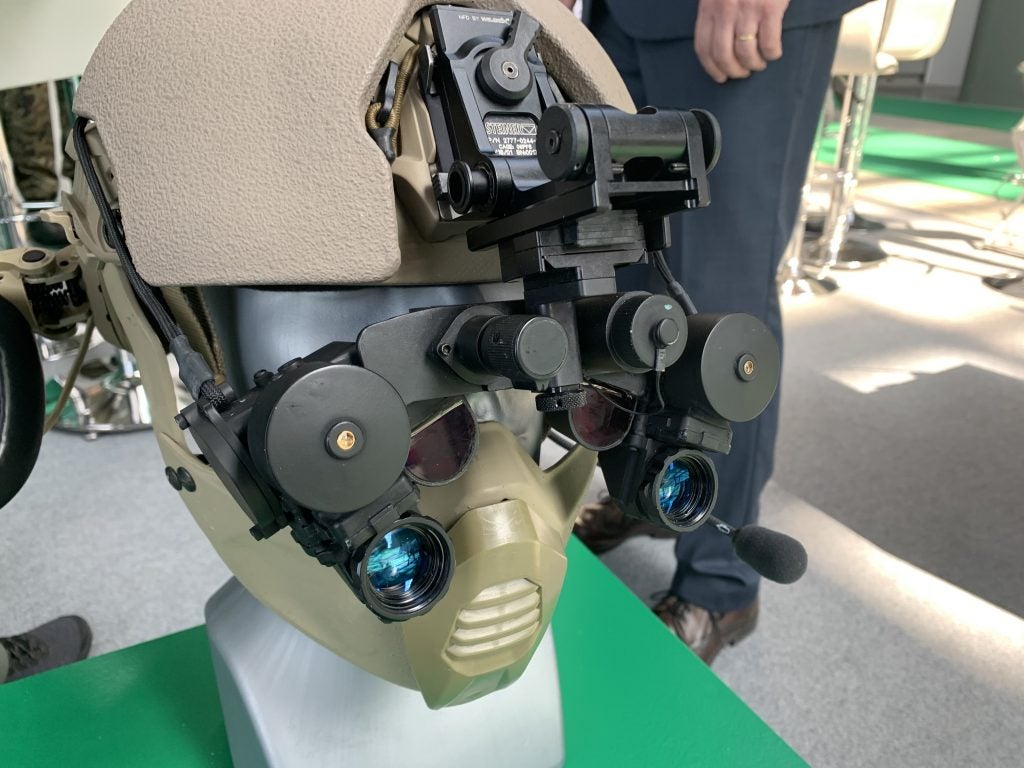
The only small arms truly displayed outside Polish military exhibitions was a piston AR-15 conversion prototype developed by a new firm “J&C Armament”. Hensoldt also appeared to be promoting some man-portable jamming equipment, although no further information was given at the booth.
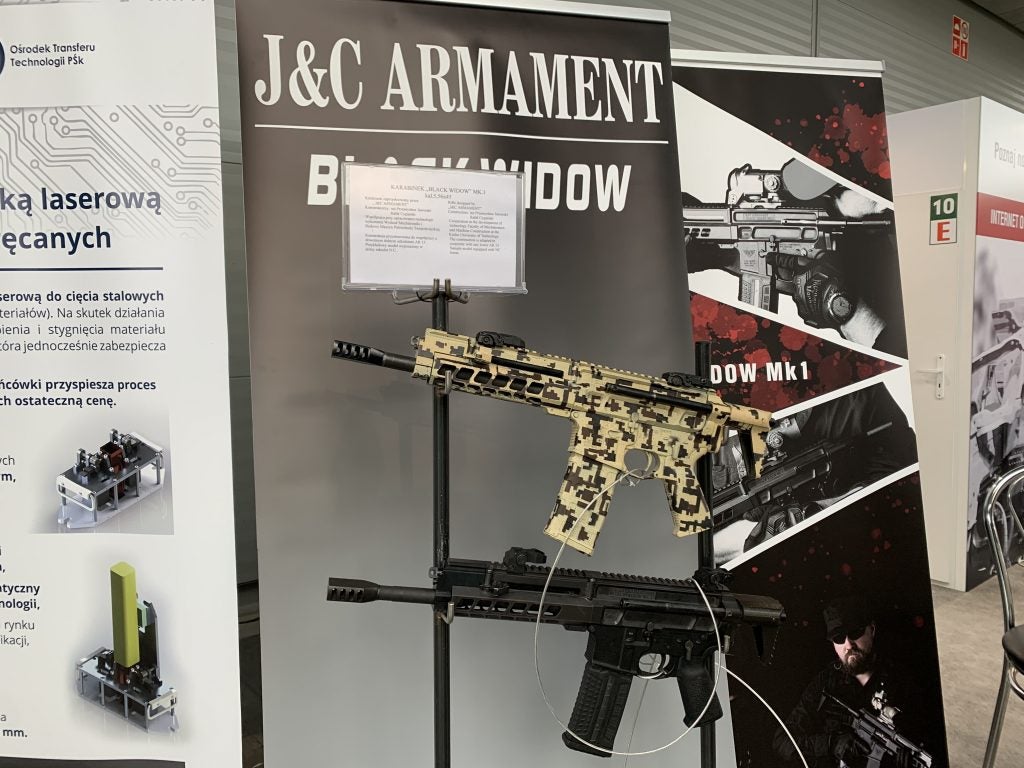
Aviation
The majority of aviation-related displays were rotary-wing at MSPO. Replacement of the Mi-24 Hind as an attack helicopter has been on the table for the Polish military for some time, however, given the recent buys of Patriot and F-35s, procurement is unlikely to happen on a rapid schedule. Still, Leonardo, Bell, and Lockheed Martin were at the expo to promote their respective helicopters. Leonardo primarily promoted the AW159 Wildcat, although it partnered with the local PZL-Świdnik W-3 Sokol variant. Bell promoted the AH-1Z and UH-1Y, and Lockheed Martin promoted the Blackhawk helicopters.
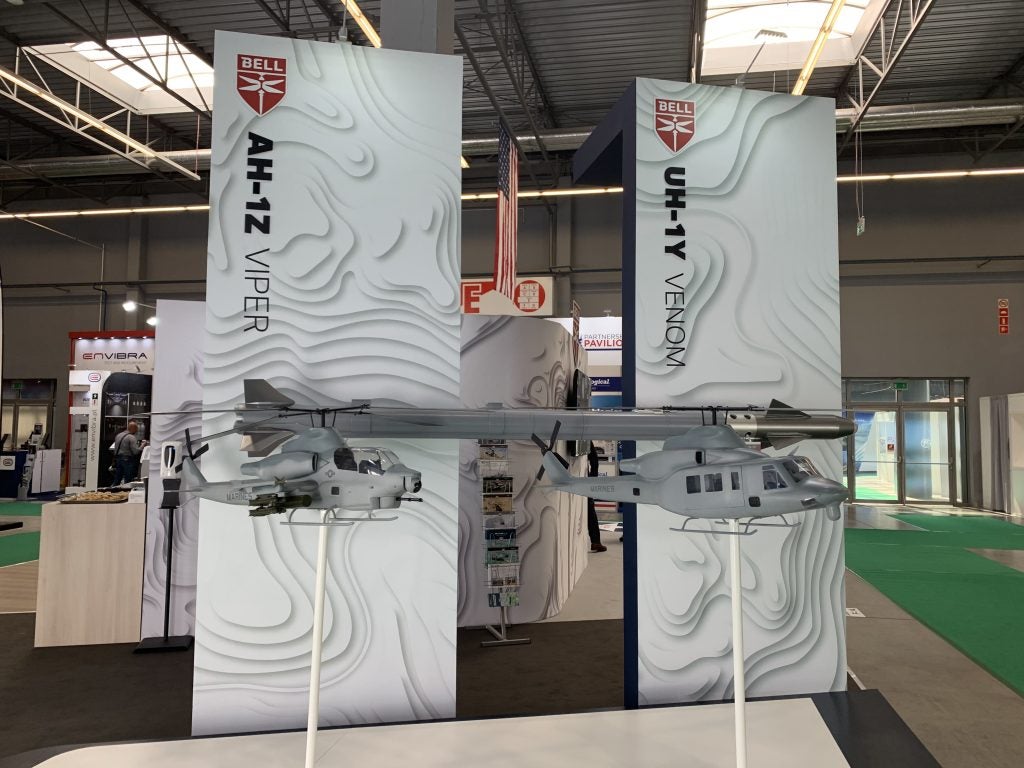
Leonardo also promoted the BriteCloud smart countermeasure, Miysis DIRCM, and Seaspray AESA surveillance radar at a different booth, but these can be installed as subsystems on both rotary and fixed wing aircraft.
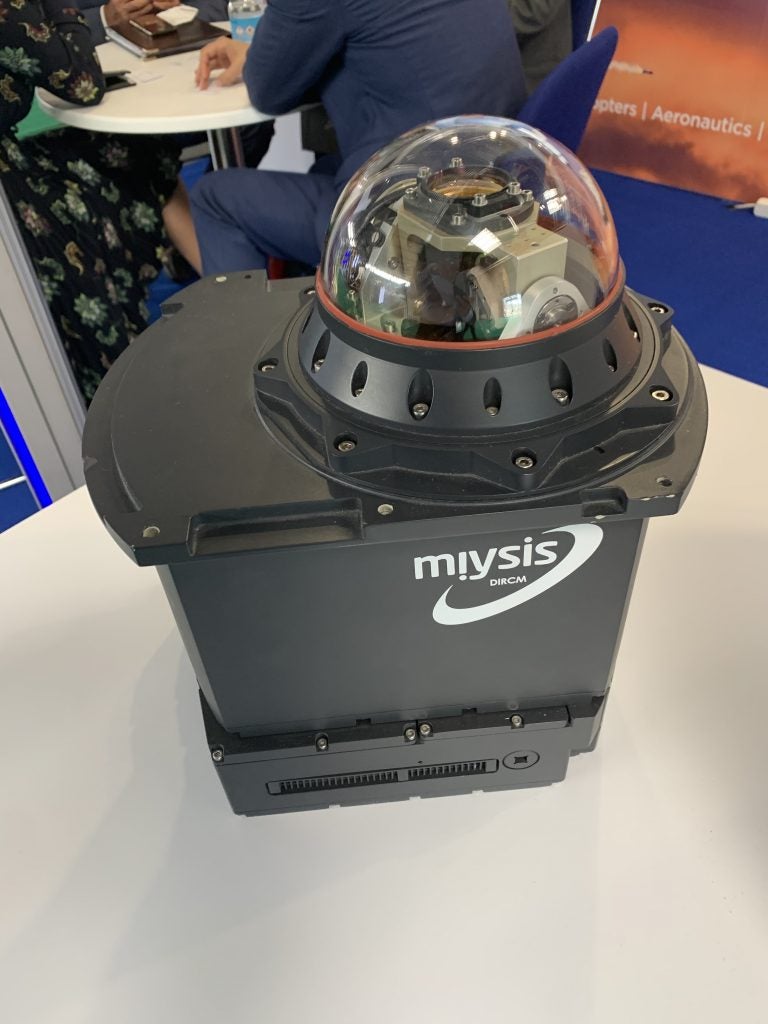
Miscellaneous Kit
A variety of other products were on display. WITU presented a variety of other products, including new larger and smaller variants of the modular warheads used on Warmate loitering munition. Mesko also displayed the Grom and Piorun MANPADs. The Piorun adds an improved proximity fuze, which is probably laser-based given the optical apertures near the nose of the missile.
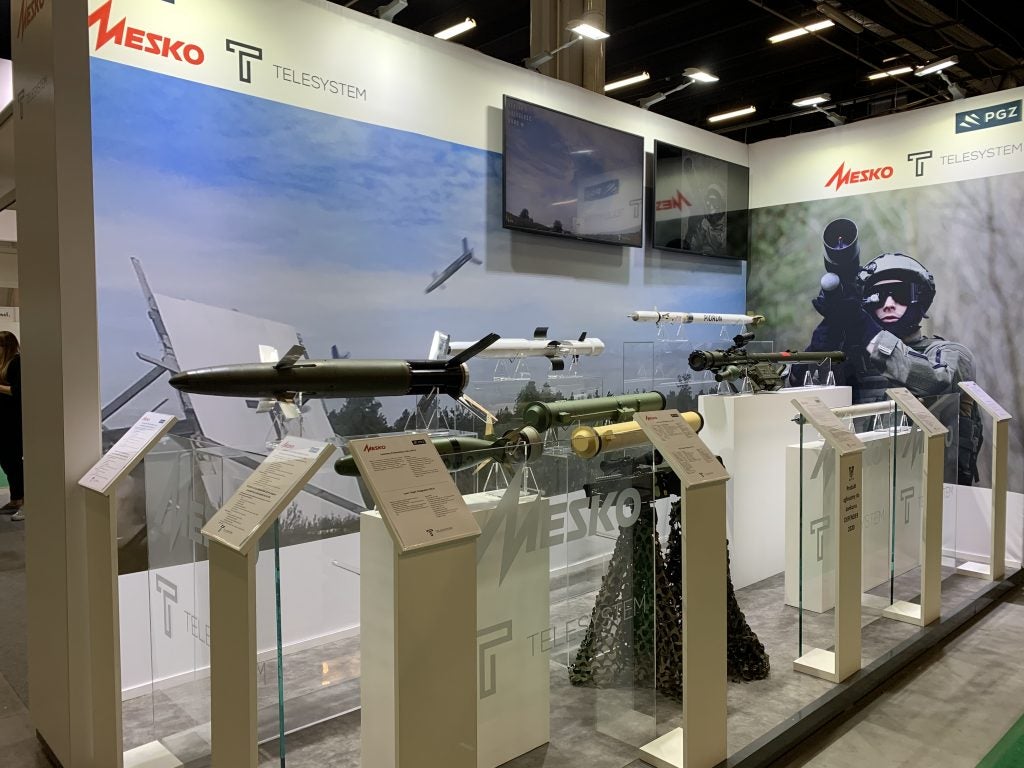
A moderate amount of cyber products were also present. The British Protection Group International (PGI) was there to promote their training programs and cyber academy consulting. Other firms touted compartmentalized data access, and other digital surveillance and security solutions.
Overall, the industry side of MSPO 2020 seemed very targeted at acquisitions due to the limited nature of the attendants. Large displays were only made by firms with immediate interests in promoting their products.

